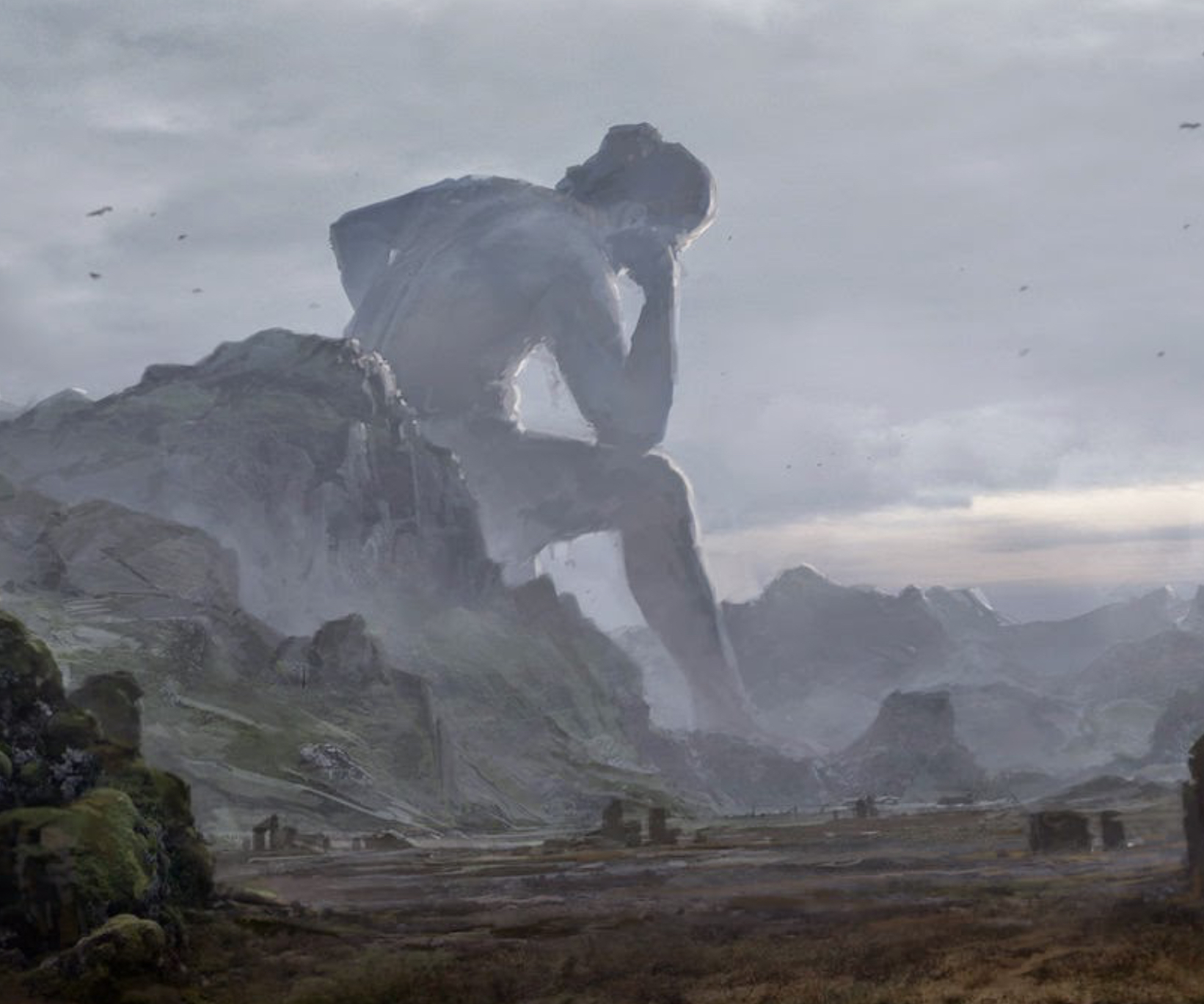Giants In The Earth,
by Donavon L Riley
The term “Giants in the Earth,” comes from a novel by author, Ole Edvart Rölvaag, which deals with Norwegian pioneers on the Great Plains in the latter half of the nineteenth century. It is, in a sense, a story of all the American pioneers who went before them into the west, and is a part of the story of the conquest of the continent.
It was a part of the American experience for settlers that they either became giants in the earth, building a life and a future for themselves and their families, or they were swallowed by the land and its peoples. Now, when I look at what they built, the term evokes an image of towering wall-stones, remnants of the giants’ tireless work that has stood the test of time. Like an ancient fortification visible only when viewed from a high vantage-point, these “walls” tell tales of those who came before us, their indomitable craftsmanship, and their legacy that, in a mythical way, transcends the ages.
Just like them, in our age, in the struggle of life, we are called to be architects of relationships and creators of things that withstand anything that is thrown against them. The ornate handiwork of wall-stones erected by those giants in the earth stand as a symbol that inspires and gives meaning to the structures that we build, not just with bricks and mortar, but with the bonds we forge and the legacies we craft. What they accomplished should convict us, so that we seek to build our relationships and carve our creations in such a way that they mirror the fortitude and resilience of those ancient walls.
Much like the giants who erected those enduring fortifications, we too face the challenge of constructing something that will spite the fickle eye of the latest fad.
Relationships, be they friendships, partnerships, or family ties, are the bedrock of our existence. The walls we build around them should not be mere defenses but fortresses of trust, understanding, shared struggles, and monuments to self-sacrifice.
Craftsmanship, when we think of relationships, involves the careful selection of the stones we use, each representing shared values, respect, and genuine connection. As giants in our own right, we bear the responsibility of not only erecting walls but carving out a place that fosters personal growth in others, public service for all, and enduring bonds that can withstand any challenge or conflict. The handiwork must also be ornate, expressing our convictions, details that tell of who we were, our passions, beliefs, and hopes for the future.
The phrase “visible from a high vantage-point” also implores us to create something that extends beyond our immediate surroundings, something that exudes a timeless allure. It beckons us to be purposeful in our actions, cognizant of the impact our relationships and creations can have on those who observe from a distance. The relationships and things we build are symbols of the beauty we perceive in our work and who it will serve to inspire in the future.
Yet, being a giant in the earth is not just about fortifying relationships. It extends to the creations we bring into existence—the projects, endeavors, and innovations that bear the stamp of our craftsmanship. The ornate handiwork of wall-stones challenges us to contribute something lasting to the world, something that, like those ancient fortifications, becomes a symbol of resilience and human ingenuity.
In the ceaseless march of time, where trends rise and fall like stock prices, the call to be a giant in the earth is a summons to build things of substance. Our creations, much like those walls, should stand as testaments to our ability to shape the world around us. Whether it’s a business, a work of art, or a community project, the craftsmanship we bring to the table should be resilient, enduring, and capable of leaving an indelible mark.
To be a giant in the earth is to embrace the responsibility of being a custodian of our, and other peoples’ days, months, and years. Living in this way, we ensure that we leave behind structures and relationships that withstand cultural erosion. It’s a call to build not just for the present but for whomever may have need of our work in the future. So when we set out to make something, we make sure we are setting ourselves to the task of crafting something ornate and lasting, that says to our children’s children: “The man who built this was a giant in the earth.”
*The views and opinions expressed on this website are solely those of the original authors and contributors. These views and opinions do not necessarily represent those of Spotter Up Magazine, the administrative staff, and/or any/all contributors to this site.
